Type of PFDs(classification by U.S. Coast Guard)
Type I PFDs
are geared for rough or remote waters where rescue may take a while. Though bulky, they have the most buoyancy and will turn most unconscious people into a face-up position. They are the kind of PFD you’ll likely find on commercial vessels. Type I PFDs are available in inherently buoyant, inflatable or hybrid designs.
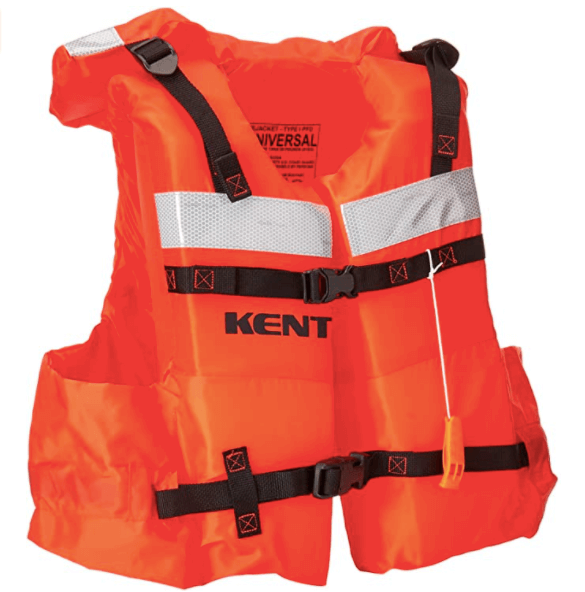
Type II PFDs
are intended for calm inland waters, where fast rescue is likely. They have a very basic design that is less bulky than Type I, and typically less expensive, but they are not as comfortable as Type III. They will turn some unconscious wearers to the face-up position. Type II PFDs come in inherently buoyant, inflatable or hybrid designs.
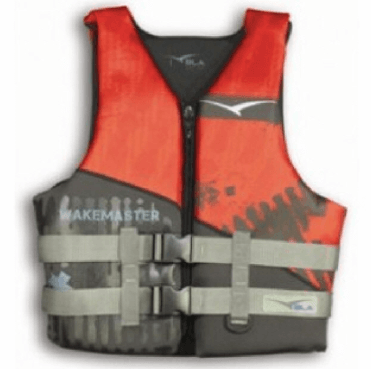
Type III PFDs
are suitable for most paddlers where there is a chance for quick rescue. They offer freedom of movement and comfort for continuous wear. These PFDs are designed so wearers can put themselves in a face-up position, but they may have to tilt their head back to avoid being face down in water. Type III PFDs come in inherently buoyant, inflatable or hybrid designs.
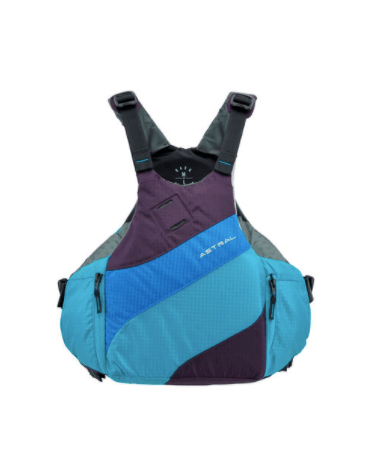
Type IV PFDs
are flotation devices that are meant to be thrown to a conscious person who is in trouble and provide backup to a PFD. Examples include life rings and buoyant cushions. Type IV PFDs are not meant to be worn and they are not required for canoes, kayaks or SUPs.
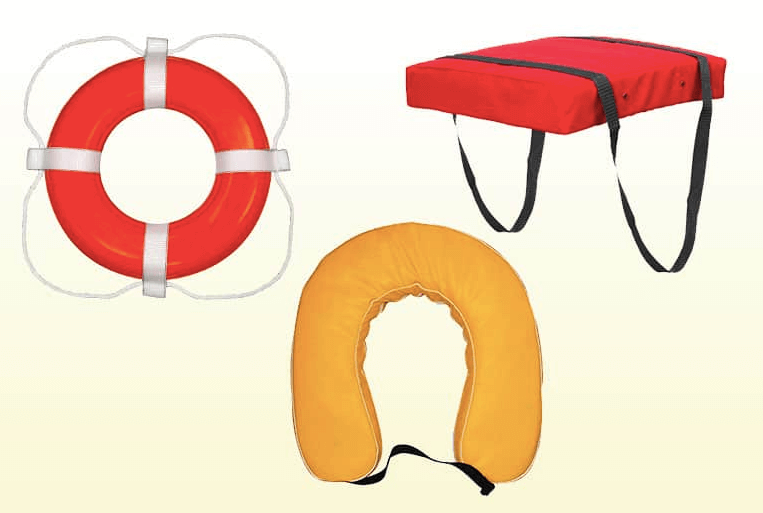
Type V PFDs
are considered special-use devices and intended for specific activities. To be acceptable by the USCG, they must be worn at all times and used for the activity specified on the label. Varieties include kayaking, waterskiing, windsurfing, deck suits and hybrid inflatable vests. Type V PFDs come in inflatable or hybrid (inherently buoyant and inflatable) designs.
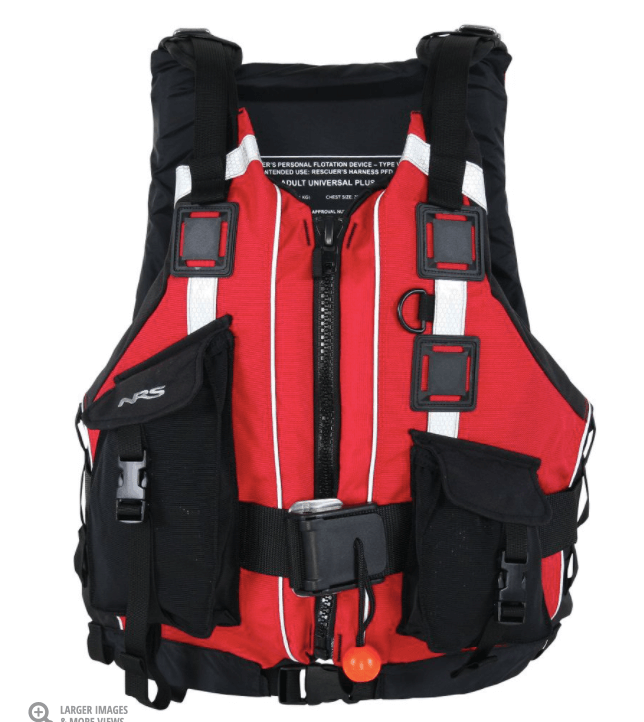
Pfd type can be further be of different kind
- Standard PFDs vs. Inflatable PFDs: You can’t go wrong with a tried-and-true standard PFD, but you might find that an inflatable one suits your needs better.
- PFD sizing and fitting: Sizing for adults is based on your chest size, and you’re looking for a snug-but-comfortable fit.
- PFD features and specs: Features such as pockets, color and tabs, and specifications like flotation and U.S. Coast Guard Type, are things you may want to look for when shopping.
Standard pfd vs Inflatable PFDs
Standard pfds
These are PFDs that you’ll see most recreational kayakers, canoers and stand up paddle boarders wearing. They look like a vest and rely on flotation material, often foam, to create buoyancy. These are labeled as Type III USCG-approved PFDs.
Pros of standard PFDs:
- Low-maintenance: Other than keeping it clean, dry and out of the sun when not in use, a standard PFD requires very little care.
- Inherently buoyant: Other than putting it on properly, you don’t need to activate a standard PFD in any way for it to provide flotation.
- Versatile: A standard PFD can be used for many different water sports, such as kayaking, canoeing, paddle boarding, waterskiing and fishing.
- Pockets: Most standard PFDs provide pockets for stashing snacks, tools, sunscreen, emergency gear and fishing equipment, something you won’t find on inflatable PFDs.
Cons of standard PFDs:
- Bulk: Some find these PFDs to be bulky and restrictive while paddling, especially when stand up paddle boarding.
- Hot: On a hot summer day, a standard PFD can be quite warm.
Inflatable PFDs
This newer subcategory of PFDs includes vests and waistpacks. These can be used for kayaking, canoeing or stand up paddle boarding. Their slim profile when uninflated makes them very comfortable to wear. These are labeled as Type III or Type V USCG-approved PFDs, depending on their design. These PFDs inflate one of two ways: manually or automatically. With the manual style, you pull a cord, which activates a CO2 gas cartridge and inflates the vest. The automatic design inflates when submerged in water. The manual design is usually best for active sports like kayaking, canoeing and stand up paddle boarding because of the likelihood of getting wet.
Pros of inflatable PFDs:
- Comfortable: The slim profile is very comfortable and is less likely to obstruct your range of motion while paddling.
- Cool: They cover less of your body than a standard PFD, which can help keep you comfortable on a hot day.
Cons of inflatable PFDs:
- Inflation required: Remember that inflatable PFDs are not inherently buoyant, so you need to inflate the PFD before it will provide any flotation. If you’re injured or unconscious and wearing a manual-style inflatable PFD, this poses an obvious problem.
- Maintenance required: Regular maintenance is required to ensure proper operation and you need to replace the CO2 cartridge after each inflation.
- Not for everyone: Inflatable PFDs are not for use during high-impact activities, such as whitewater kayaking, whitewater canoeing, river rafting or other sports like waterskiing. Also, they are not recommended for children under the age of 16 or for nonswimmers.
Hybrid PFDs
You’ll occasionally find a PFD for kayaking, canoeing or stand up paddle boarding that’s a combination of a standard PFD and an inflatable one. These are a specialized best-of-both-worlds solution that provides inherent buoyancy in a compact, comfortable-to-wear package, but they typically cost significantly more.
PFD Feautres
- Pockets: Most standard, non-inflatable PFDs have pockets on the front. Consider their size and placement and the gear you’d like to stow in them.
- Color: A bright color improves visibility.
- Tabs: Tabs let you attach a knife, whistle, strobes or other accessories. Look at the number of tabs and their location on the front and back on the PFD.
- Reflective tape: This adds visibility in low-light conditions.
- Ventilation: If you’re regularly paddling in hot locations, look for a PFD that has built-in vents that allow body heat to escape.
- Fishing features: Some PFDs have multiple tool hangers, loops for a rod and a drop-down pocket table for working with lures and flies.
PFD Specifications
Flotation (aka buoyancy) is the force (in pounds) required to keep a person's head and chin afloat above water. Most adults need just an extra seven to 12 pounds of flotation to stay afloat. Any quality PFD will provide more than this amount, so you don’t need to spend much time analyzing this number. However, knowing flotation does give you a reliable way to compare one PFD to another. For this reason, you can find PFD flotation on REI.com product pages. Keep in mind when comparing buoyancy numbers that a person’s weight, body fat, lung size and clothing, and whether the water is rough or calm, are all factors that affect flotation.
If you own a PFD, or have the opportunity to try one before buying, and want to check the effectiveness of its buoyancy. Here’s how:
- Put your PFD on and enter water deep enough that you can float without touching the bottom.
- Tilt your head back and relax your body.
- Your chin should be above water and your breathing should be easy. If your mouth is not above the water, you need a PFD with more buoyancy.